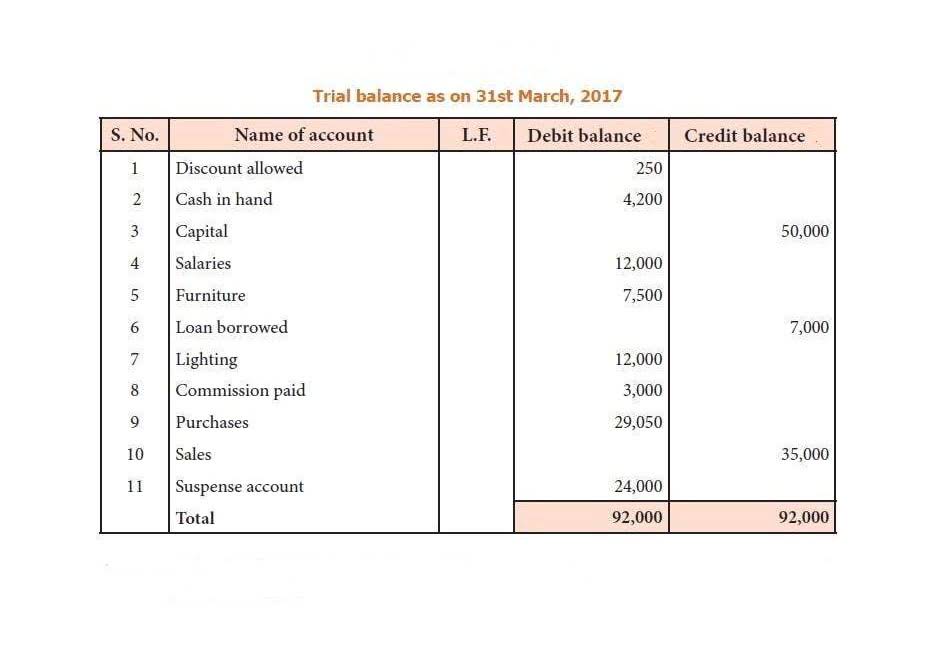Cash Conversion Cycle: How to Calculate and Reduce Your Cash Conversion Cycle

In theory, higher Free Cash Flow should CARES Act increase the company’s implied value in a DCF model (for example). You rarely use the CCC directly in financial models or valuations; it’s more of a benchmarking tool to evaluate similar companies and diagnose potential problems. Explore comprehensive analyses, historical data, and compare the company’s CCC against REIT competitors. However, the lower the CCC, the more beneficial it is for the company, as it implies less time is needed to convert working capital into cash on hand. The NWC changes on the left side each have positive implications on free cash flow (FCF).
How to Analyze Cash Conversion Cycle?
Using the cash conversion cycle formula and this data, we will compute the various metrics required to estimate your cash conversion cycle. The longer your average days payable, the more your suppliers are financing your firm, which is beneficial but remember not to push them too far. The faster you recover your accounts receivable, the lower your average days receivable will be, and the sooner you will have access to this cash for your firm. Inventory Conversion Period, Accounts Receivable Conversion Period, and Accounts Payable Conversion Period are the three major components of the cash conversion cycle.
![]()
Example Calcualtion of Cash Conversion Cycle
The factors affecting the cash conversion cycle (CCC) include inventory management, accounts receivable, and cash conversion cycle accounts payable. A longer inventory holding period, longer payment terms from customers, and longer payment terms to suppliers can all contribute to a longer CCC. Let’s take an example to simplify the process of calculating the cash conversion cycle.
The Cash Conversion Cycle Formula
- Mitigate credit risk, reduce bad debt, and streamline customer onboarding with AI-powered insights.
- Implementing just-in-time practices allows businesses to receive goods only when needed for production, thereby reducing holding costs.
- It indicates that the company can rapidly rotate its inventory into receivables and subsequently into cash, reducing the requirement for additional working capital.
- Companies may improve their productivity and guarantee they have the funds to meet their financial obligations by improving the cash conversion cycle.
- It shows how long it takes for a company to convert its inventory and accounts receivable into cash, and how much time it has to pay its accounts payable.
- By now, you should have a clear understanding of what CCC is, how to calculate it, and why it is important for your business.
- Effective project management and regular cash flow monitoring help anticipate financial needs and address funding gaps.
Inventory management software allied to “just-in-time” methodologies allowed companies to reduce the DIO and minimize warehousing costs. The resulting cash conversion cycle is the average time between when a company has to pay for raw materials and when it receives payment for the finished goods. For a services company, https://www.bookstime.com/articles/how-many-years-can-you-file-back-taxes it is effectively the average time between the day the service is provided and payment is received.

- Consequently, purchasing companies may choose to strengthen their supply chains by taking advantage of early payment programs such as supply chain finance.
- The best approach here is to calculate your own CCC using the above mentioned formula, then work on improving your metric.
- Cash flow conversion refers to how efficiently a company converts its profits or revenue into actual cash.
- The cash conversion cycle (CCC) is one of several metrics used to gauge how well management uses working capital.
- Mastering the Cash Conversion Cycle (CCC) is key to boosting financial performance and operational efficiency.
- Days Inventory Outstanding (DIO) is a crucial metric that measures the average number of days it takes for your company to sell its entire inventory within a specific period.
Understanding how consumer preferences change with seasons—like holidays, summer vacations, or local events—helps businesses anticipate busy times and adjust their cash strategies. By using technology and focusing on productivity, transportation businesses can enhance cash flow, increase liquidity, and reinvest in growth opportunities. Recognizing seasonality’s impact and adjusting operations can help improve cash flow throughout the year, reducing the risks linked to changes in market demand and supply chain issues. With less focus on inventory, companies in this sector can streamline their Days Sales Outstanding (DSO) to improve cash flow and reduce liquidity risk. Without accurate, real-time data close at hand, it’s hard to see how small adjustments today can help you improve your cash conversion cycle for the long term. For example, extending the amount of time you have to pay vendors helps extend DPO.

Cash conversion cycle FAQs

Efficient cash flow management is a cornerstone of business success, and the cash conversion cycle plays a pivotal role in it. This key metric sheds light on the efficiency of a company’s cash flow operations and offers valuable insights into its liquidity management by quantifying the time taken to convert investments into cash. The cash flow cycle depicts the movement of cash in and out of a business over a specific period. It begins with cash inflows from sales, investments, or financing, followed by outflows for expenses, investments, and debt repayment, influencing a company’s liquidity and financial health. A high CCC can indicate that a company is having difficulty managing its working capital.

